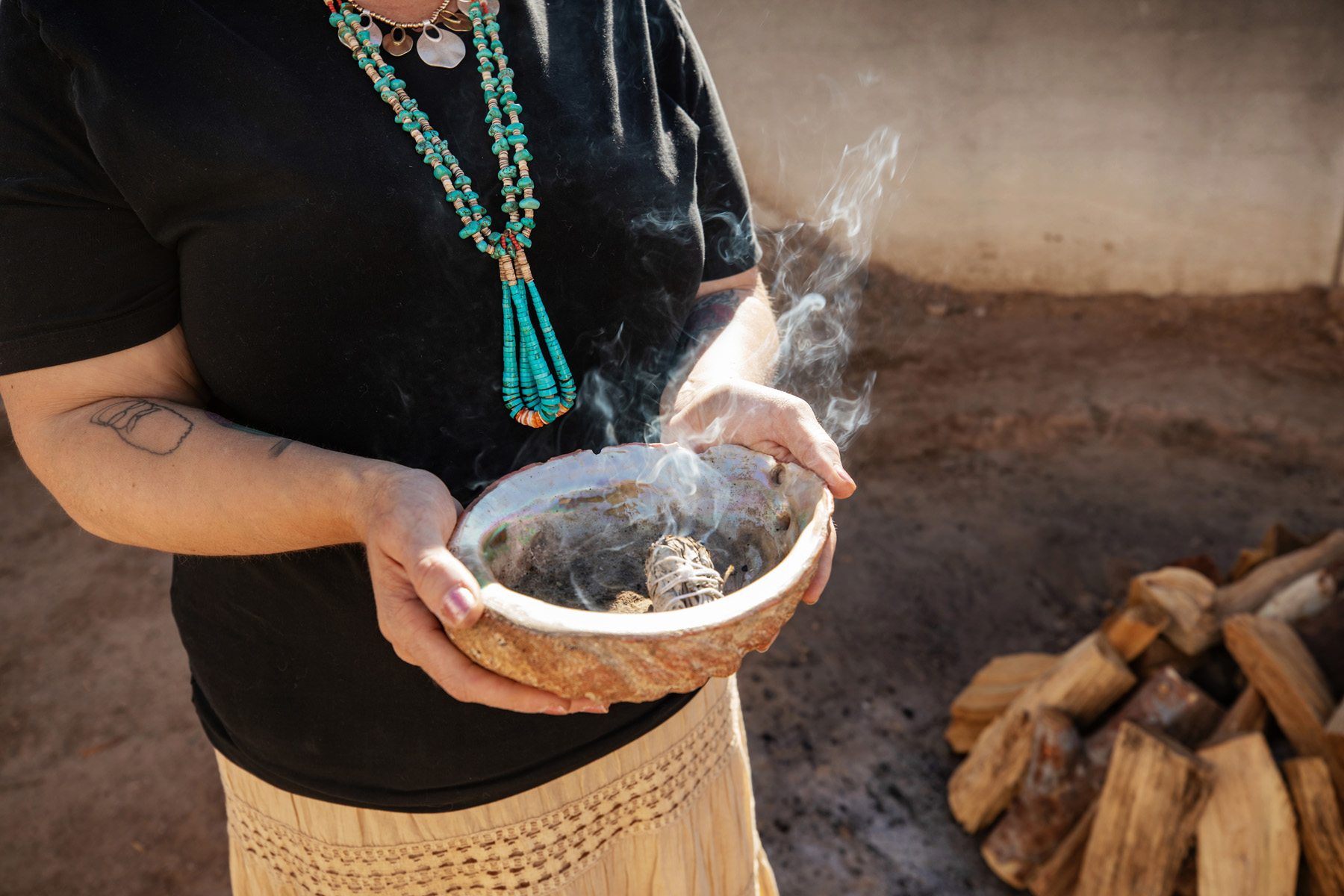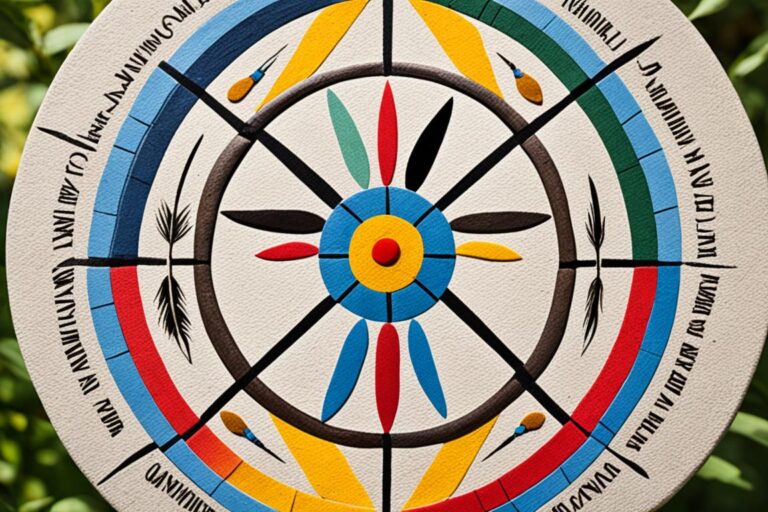
Native American Tribal Sports Medicine: Traditional Healing for Athletic Injuries
For millennia, long before the advent of modern sports clinics and pharmaceutical pain relief, indigenous peoples across North America engaged in rigorous physical activities that demanded both peak performance and effective injury management. From the lightning-fast footraces of the Apache and the endurance challenges of the Pueblo to the formidable, often brutal, contests of lacrosse played by the Haudenosaunee (Iroquois) and Algonquian nations, athleticism was not merely recreation but deeply intertwined with ceremony, survival, and community identity. With such demanding physical pursuits came the inevitable strains, sprains, fractures, and contusions. It was in this context that a sophisticated, holistic system of tribal sports medicine evolved – a system rooted in profound ecological knowledge, spiritual reverence, and a deep understanding of the human body’s interconnectedness.
Unlike the often compartmentalized approach of Western sports medicine, which tends to focus primarily on the physical pathology of an injury, Native American traditional healing views the athlete as an integral part of a larger web of existence. An injury is rarely seen in isolation; it is understood as a potential disruption not only to the body but also to the mind, spirit, and even the community’s balance. This holistic philosophy is the bedrock of tribal sports medicine, emphasizing the restoration of equilibrium across all these dimensions for true healing to occur.
Traditional healers, often referred to as Medicine People, Shamans, or Curanderos, depending on the tribe and their specific role, are not just herbalists or bone setters. They are spiritual guides, psychologists, and cultural repositories, possessing vast knowledge passed down through generations. Their training is rigorous, spanning years of apprenticeship, observation, and deep communion with nature. They understand the intricacies of human anatomy through practical experience and observation, and the pharmacopoeia of the land is their pharmacy.
The core modalities of Native American tribal sports medicine are diverse and intricately woven together. Herbal medicine forms a significant pillar. The land provides a rich array of remedies for athletic ailments. For pain and inflammation, willow bark (the natural precursor to aspirin) was widely used, often steeped into a tea or applied as a poultice. Arnica, known for its anti-inflammatory properties, was a common remedy for bruises and muscle soreness, while yarrow was employed to staunch bleeding and prevent infection in wounds. Comfrey, often called "knitbone," was revered for its ability to promote bone and tissue regeneration, applied as a poultice to fractures and sprains. These plant-based remedies were not merely concocted; their collection involved ceremony, prayers, and gratitude, acknowledging the spirit of the plant and its healing power. The preparation methods, from infusions and decoctions to salves and poultices, were precise, honed over centuries of empirical observation.
Beyond botanicals, physical manipulation played a crucial role, often performed by specialists akin to modern-day chiropractors or osteopaths. These "bone setters" possessed an intimate knowledge of musculoskeletal structure. They would carefully diagnose dislocations, fractures, and sprains through touch and observation, then gently manipulate the affected area back into alignment. Massage, often combined with specific herbal oils or liniments, was used to relax muscles, improve circulation, and reduce swelling, aiding recovery from strenuous activity or direct impact. Cupping, a technique involving heated cups placed on the skin to create suction, was also utilized to draw out toxins, relieve muscle tension, and promote blood flow to injured areas, a practice found across many ancient healing traditions globally.

However, the distinction of Native American healing truly lies in its spiritual and ceremonial dimensions. Physical injuries were often seen as having spiritual roots or implications, requiring spiritual intervention alongside physical treatment. Sweat lodge ceremonies, for instance, were (and still are) powerful tools for purification and healing. The intense heat, steam, and communal prayers within the lodge were believed to cleanse the body, mind, and spirit, releasing toxins and negative energies, promoting introspection and accelerating physical recovery. Songs, chants, and dances were not just expressions of culture but active components of the healing process, believed to invoke spiritual assistance and restore harmony. Vision quests, fasting, and prayer were also undertaken to seek spiritual guidance and reconnect the injured individual with their inner strength and the natural world, fostering resilience essential for recovery.
The psychological and emotional aspects of an injury were never overlooked. Athletes, like all individuals, experienced fear, frustration, and despair when faced with debilitating injuries. Traditional healers understood that a compromised spirit could impede physical healing. Therefore, emotional support, counseling, and ceremonies aimed at restoring mental fortitude were integral. The community’s role was also paramount; an injured athlete was not isolated but enveloped in a network of support, prayers, and practical assistance, reinforcing their sense of belonging and aiding their journey back to health. This communal aspect stands in stark contrast to the often individualistic patient experience in Western medicine.
Consider the game of lacrosse, known as The Creator’s Game or Baggataway by many Eastern Woodland tribes. It was more than a sport; it was a spiritual endeavor, a form of prayer, and a rigorous test of courage and skill. With wooden sticks and hard balls, injuries were frequent and often severe. The healers who attended these games were not merely first responders but deeply revered figures, ready to address everything from sprains and broken bones to internal injuries, all while maintaining the spiritual integrity of the player and the game. Their expertise was essential to the continuation of these vital cultural practices.
In today’s world, where Western medicine dominates, there is a growing appreciation for the wisdom embedded in traditional healing systems. Native American athletes, like many others, may navigate both worlds, seeking surgical intervention for a severe ACL tear while simultaneously engaging in traditional ceremonies and herbal remedies to support their recovery, manage pain, and restore their spiritual balance. This integration, however, is not without its challenges. The scientific validation demanded by Western medicine often struggles to quantify the efficacy of spiritual healing, and traditional knowledge keepers are rightly protective of practices that have been exploited or misunderstood in the past.
Yet, the lessons offered by Native American tribal sports medicine are profoundly relevant. Its emphasis on prevention, through maintaining a balanced lifestyle and respectful relationship with nature, offers a proactive model for athlete well-being. Its patient-centered, holistic approach, which considers the whole person – body, mind, and spirit – and their social context, could inform more compassionate and effective care models in conventional sports medicine. As Dr. Lanny Pinola, a respected cultural practitioner and elder from the Kashia Pomo tribe, once articulated, "Healing is not just about fixing a broken bone. It’s about bringing the person back into harmony with themselves, their community, and the natural world." This sentiment encapsulates the enduring power and wisdom of Native American healing traditions.
Ultimately, Native American tribal sports medicine is a testament to the ingenuity, resilience, and profound spiritual connection of indigenous peoples. It offers a sophisticated framework for understanding and treating athletic injuries that extends far beyond the physical, embracing the interconnectedness of all life. In an era increasingly seeking more sustainable, culturally sensitive, and holistic approaches to health, the ancient wisdom of Native American healing provides invaluable insights, reminding us that true recovery often involves mending not just the body, but the spirit, and our relationship with the world around us.
